I found a couple pictures of the same design on a Macedonian tetradrachm with different date ranges.
167-149 BC:

167-148 BC:

158-149 BC:




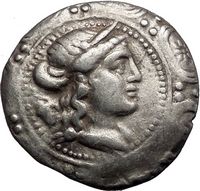
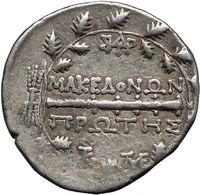
148-146 BC:

P. 306 of this book:
Quote:
| percussisse, ex inscriptione patet: cujus in adversa Clypeus Macedonius cum Diana Gazoria cernitur, & belli venationisque studium connotat: In aversa corona quercea cum fulmine & clava ad Jovem & Herculem pertinent, à quibus Reges Macedoniae natales suos descendere ja?tabant. |
The inscription pressed into the coin is clear: in relief is the Macedonian shield with Diana Gazoria discernible, and the study of the Venetian war connotes: on the other side the crown of oak leaves with the lightning and club of Jupiter and Hercules, of whom Macedonian kings claim descent.
IDK about the Venetian war bit but the rest came up looking for the images I posted above. That book mentions some other coins worth digging up too.
Of interest is the top inscription, which include old italic
 that became berkanan (ᛒ) and what seems to be a variation of Jati (Ⱑ).
that became berkanan (ᛒ) and what seems to be a variation of Jati (Ⱑ).ᛒⰡρ
ΜΑΚΕΔΟΝΩΝ
ΠΡΩΤΗΣ
...ΟΜΕ/...ΟΤνΕ
Biatr
Makedonon
Protis
...ome/...otne
I'm not sure about the bottom inscription because it doesn't seem to be consistent. The latter part in the last image where it's present seems to be tne rather than me as you'd assume from the top one. The first part kinda looks like it could be 𐍂Ο or ΚΟ and Rome would make sense given the time period but some of those definitely don't have an m. One of them has
 ΣΡ as the bottom inscription. I don't know where that character is from but the image file seems to name it as hrho. Might be some variation of ursr. If that K looking bit is supposed to be a p then the bottom word in most of them would be potne. If this is all correct then we'd have the epithets Biatr potne and Ar ursr.
ΣΡ as the bottom inscription. I don't know where that character is from but the image file seems to name it as hrho. Might be some variation of ursr. If that K looking bit is supposed to be a p then the bottom word in most of them would be potne. If this is all correct then we'd have the epithets Biatr potne and Ar ursr.Another point of interest is that the oak leaves look like the Linear A character
 , which is unlikely to be a coincidence.
, which is unlikely to be a coincidence.The fulmen to the left represents Zeus' lightning, which may have been stylized into another character. The club represents Hercules but may also have been a broader symbol of divine authority given the symbolism of pillar altars, sceptres and their prominence in Macedonian pillar altars and possible relation to tree worship. There was something about Saxon religious customs I'll have to look into.
More coins
Perseus, 178-168 BC:
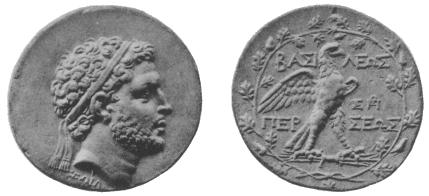

ΗΩΙΔΟΥ
ΒΑΣΙΛΕΩΣ
ΠΕΡΣΕΩΣ
Σ?
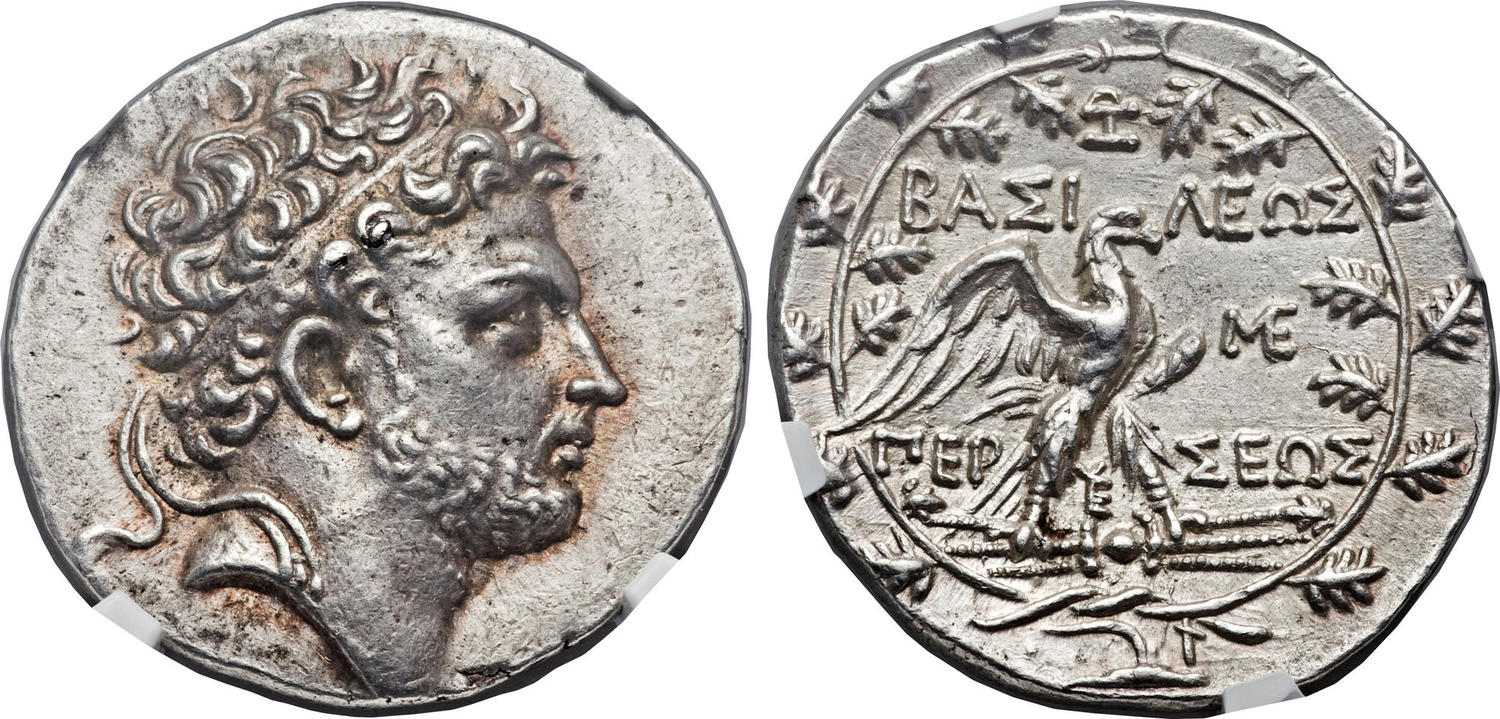
Again you can see a wreath of oak leaves, a fulmen and a Macedonian sun. Hades seems to sport headbands.
The last image has and accented E between the eagle's legs and what appears to be the characters ΜΕ and a small ᚾ at the base of the wreath not present in the others. The line next to it might be another character since it isn't actually part of the wreath.
Didrachm of Philip V:
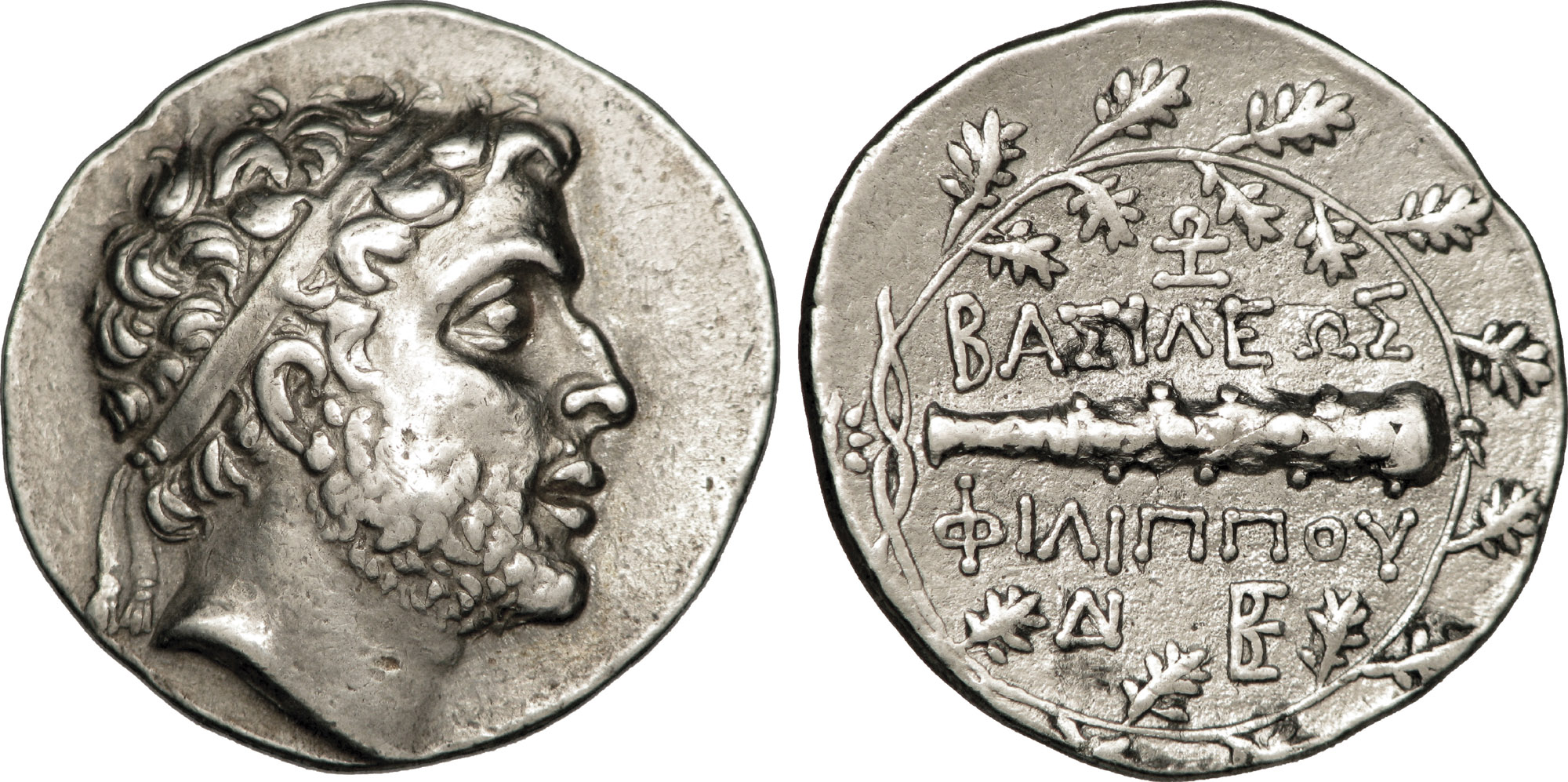
?
ΒΑΣΙΛΕΩΣ
ΦΙΛΙΠΠΟΥ
ΔΙ ?
A few more symbols I don't know and the face looks like Hades from the previous coins. My best guess is that the first one is a variation of the other symbol above while the latter might be an archaic form of Onsь (Ⱘ).
The pattern in the coin inscriptions so far seems to be a central inscription denoting the reigning king or something pertaining to Macedonia, with upper and lower inscriptions referring to the deity featured on the coin unless present on the other side.
Adding details on the symbolism so far and some clarification on a few things.
What appears to be a bow and quiver can be seen over Artemis' shoulder. She also seems to be wearing a diadem. While on her image the design is little more than a band, the presence of an oak wreath on the other side implies it could be what her diadem would've looked like if more detail was feasible. Or maybe it's just one of those simple metal bands. Oak wreaths seem to be a symbol of wisdom and apparently associated with Zeus, who has a myth somewhere about resting in an oak grove when making decisions. If anyone knows where that's from let me know.
This diadem was apparently among the finds in the Kutlesh tombs:
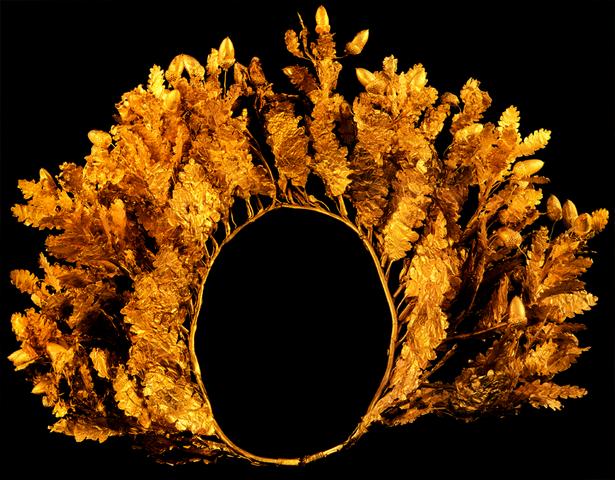
Here's a modern recreation of a hairstyle similar to what Artemis is sporting:



Sewing techniques are involved to keep the hair in place.
Given that composite letters are a thing, I’d like to clarify that
 seems to be a composite of ΗΡ. The inscription on the Artemis coin would still mean bear but transliterated as irsr rather than ursr. The implication seems to be that there was an evolution of irsr > irsur > ursu > ursa > urs > ours/ors, while biatr implies biatr > biar > ber and an etymological link between atr and ber. There might be a connection with latin hirsutae, which means shaggy. It’s still in use in french as hirsute.
seems to be a composite of ΗΡ. The inscription on the Artemis coin would still mean bear but transliterated as irsr rather than ursr. The implication seems to be that there was an evolution of irsr > irsur > ursu > ursa > urs > ours/ors, while biatr implies biatr > biar > ber and an etymological link between atr and ber. There might be a connection with latin hirsutae, which means shaggy. It’s still in use in french as hirsute.Applying it to the letters on the Hades coins you get ΟΙ or ΙΟ and ΒΕ. I still think the latter character could be Ⱘ so here’s a comparison:
ΟΙ ΔΙ ΒΕ Oidibe
ΟΙ ΔΙ Ⱘ Oidion
ΙΟ ΔΙ ΒΕ Iodibe
ΙΟ ΔΙ Ⱘ Iodion
ΗΩΙΔΟΥ Eoidou
Potne is a known epithet used in linear B to refer to various goddesses, where it's written po-ti-ni-ja.
So far the only script I've confirmed a meaning for is ᚾ (n) in the runic scripts (elder futhark, futhorc, younger futhark) used by proto-Norse, Saxon and Old Norse. Old italic scripts have 𐌍. The accent on the Ε seems to be ˇ, which is called Caron. There's also that other letter, which on closer inspection looks like ב, though I'm only using that character for the shape. I think it shows up on other coins too.
ΟΙ ΜΕ ˇΕ בᚾ
ΙΟ ΜΕ ˇΕ בᚾ
or
ΟΙ 𐌍Ε ˇΕ בᚾ
ΙΟ 𐌍Ε ˇΕ בᚾ
If ᚾ is still n then it's one of the first two: Oimeě?n, Iomeě?n
The other coin with Σ and the other character that might be a variation of what we determined to be ΟΙ/ΙΟ might be something else. It's a lot boxier, similar to heth (𐤇) and the italic variant 𐌇. If it's another composite letter but with one more the added character would likely be Π. Here are all the possible arrangements with and without Π:
ΣΟΙ soi
ΣΙΟ sio
ΣΠΟΙ spoi
ΣΠΙΟ spio
ΣΟΠΙ sopi
ΣΙΠΟ sipo
ΣΟΙΠ soip
ΣΙΟΠ siop
sopì seems to be past tense of sopire (he slept) while the Macedonian word for sleep seems to be spienje. I can't find any other possible words but others are free to suggest some.
It seems like we might have sleep and omen as epithets for Hades. The only relation between Hypnos and Hades I've found so far is that Hypnos and Thanatos are twin sons of Nyx and live in Hades, the underworld. Given that sleep and death are paired in this, they could've started out as aspects of Hades. It's worth noting that Turkic languages like Uzbek and Turkish seem to have uku in their words for sleep, which might be related to that thing about nuku being used to relate to sleep or other nightly things.
Uzbeck: uyqu (sleep), uxlash (sleeping)
Turkish: uyku (sleep), uyuyor (sleeping)
We'd have to look into the development of those words to confirm a relation but it's at least plausible. It'd also help explain the relation between him and Dionysus I'm seeing traces of.
Now, here’s the quote about the pillar/sceptre = symbol of authority thing and relation to tree worship I brought up.
P. 205:
Quote:
| There followed a feast in which the limbs of a bull were consecrated to Poseidon, after which the ten kings sat in judgement at the foot of the pillar; a practice that reminds us of the Aesir, who sat in judgement at the foot of Yggdrasil. Now, in the Greek text Koryphe means the volute at the top of the pillar of sacrifice, and so presents us with yet another example of the correlation of Atlantean and Hyperborean religious symbols and practices. In Old Norse both the volute and the center post supporting the roof of a dwelling is called às; and às, it will be recalled, was the hieroglyph of Isis, às-ar that of Osiris. From às also comes the name Asgard for the holy island in the Eddas on which the Aesir foregathered for their royal ceremonies. From this widespread association of the cult pillar with royal judgement as well as sacrifice stems the volute’s original meaning of a throne, of kingship, of supreme authority both spiritual and temporal, which it has retained from neolithic times. The kings and leaders of Western nations have carried the volute up to the present day as a scepter or sacred emblem, and the royal lily emblem of France, evolved from the Irminsul, is prefigured without change in Hittite, Assyrian and Scythian examples and, as we now note, in the Atlantean example as well. |
This is what an Irminsul looks like when it's not a literal tree:
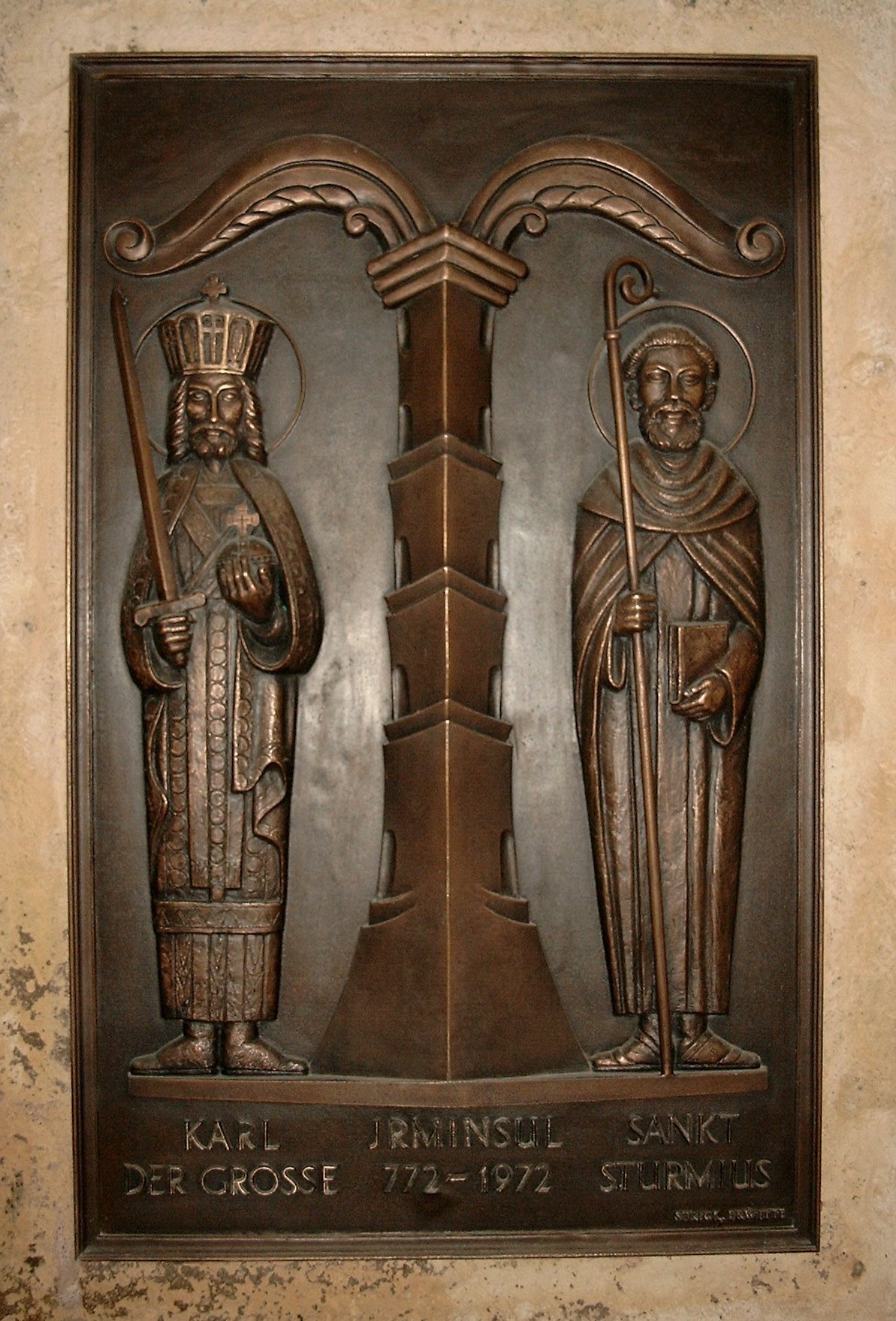
Volute, architecture:

You see that kind of design for pedestals, which is what I figure is usually meant by pillar altar. It's most strongly associated with Saxons, who have a unique runic character shaped like it. Ēar ᛠ (ea)
The imagery for the fulmine was nagging me because it seemed familiar. I think it became the cyrillic letter Zhe Ж ж. According to wikipedia there's no Latin or Greek equivalent and its origin is a mystery. Misc. runic characters: ᛯ, ᛤ, ᛡ

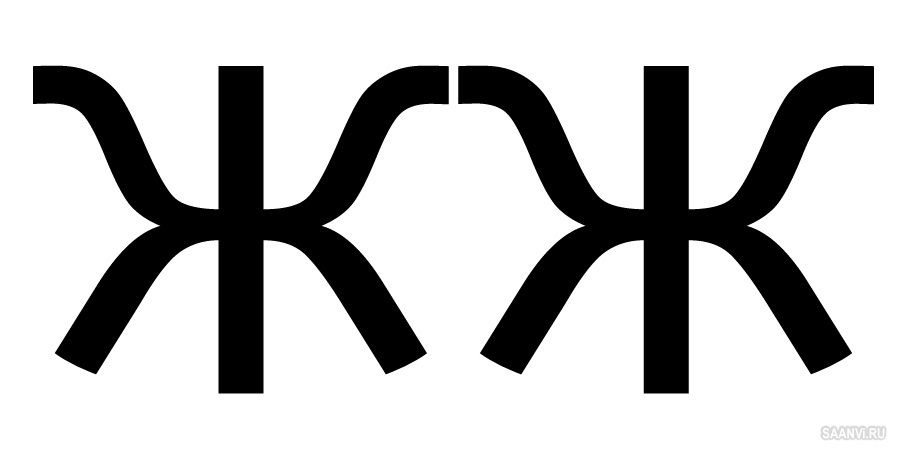
Budhist Vajra/Dorje, symbol of lightning:


It's described as a club and used in much the same way as a scepter.
Ancient Indian coin:

Pilzno and Gozdawa coat of arms:
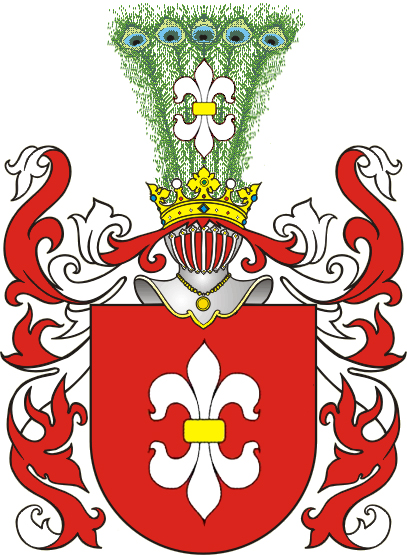
Dorje-Pernach, Polish flanged mace:
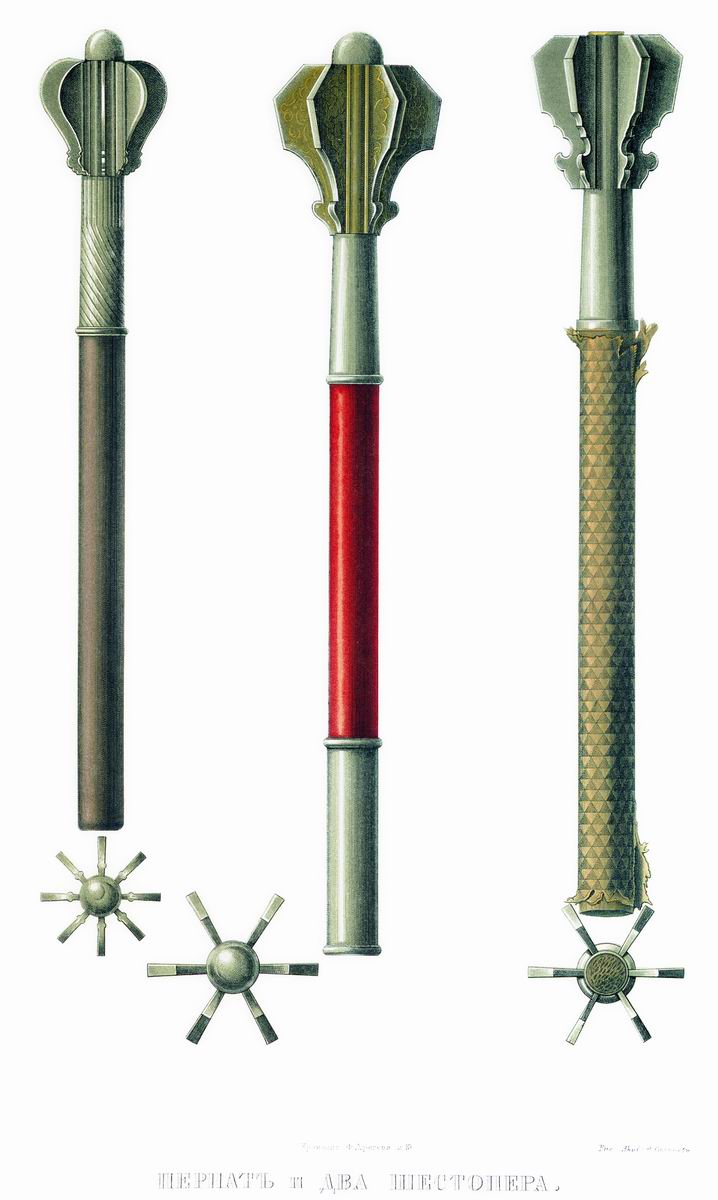
That type of mace seems to be primarily associated with Poles and Indians, as well as Parjanya-Perun. The double-sided axe is tied into this too but I'll get to it later.
To recap:
1. Hercules' club, Zeus' lightning, tree-pillars and scepter are all interconnected as symbols of authority and divine power
2. Ж = Zeus
3. another version of Hades' name plus possible epithets
4. some interesting etymological information on words for bear
5. evidence of uniquely slavic letters in old Macedonian coins
6. oak wreaths and a linear A letter that means oak
7. a general idea of just how widespread some older symbols are across various cultures
My next post will probably add more coins.
http://www.macedoniantruth.org/forum/showthread.php?t=8843

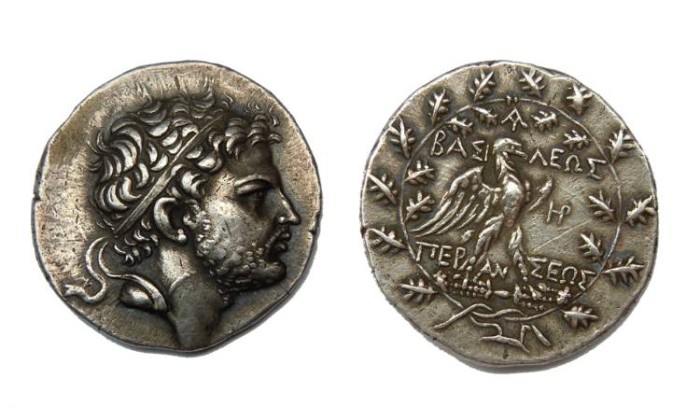
















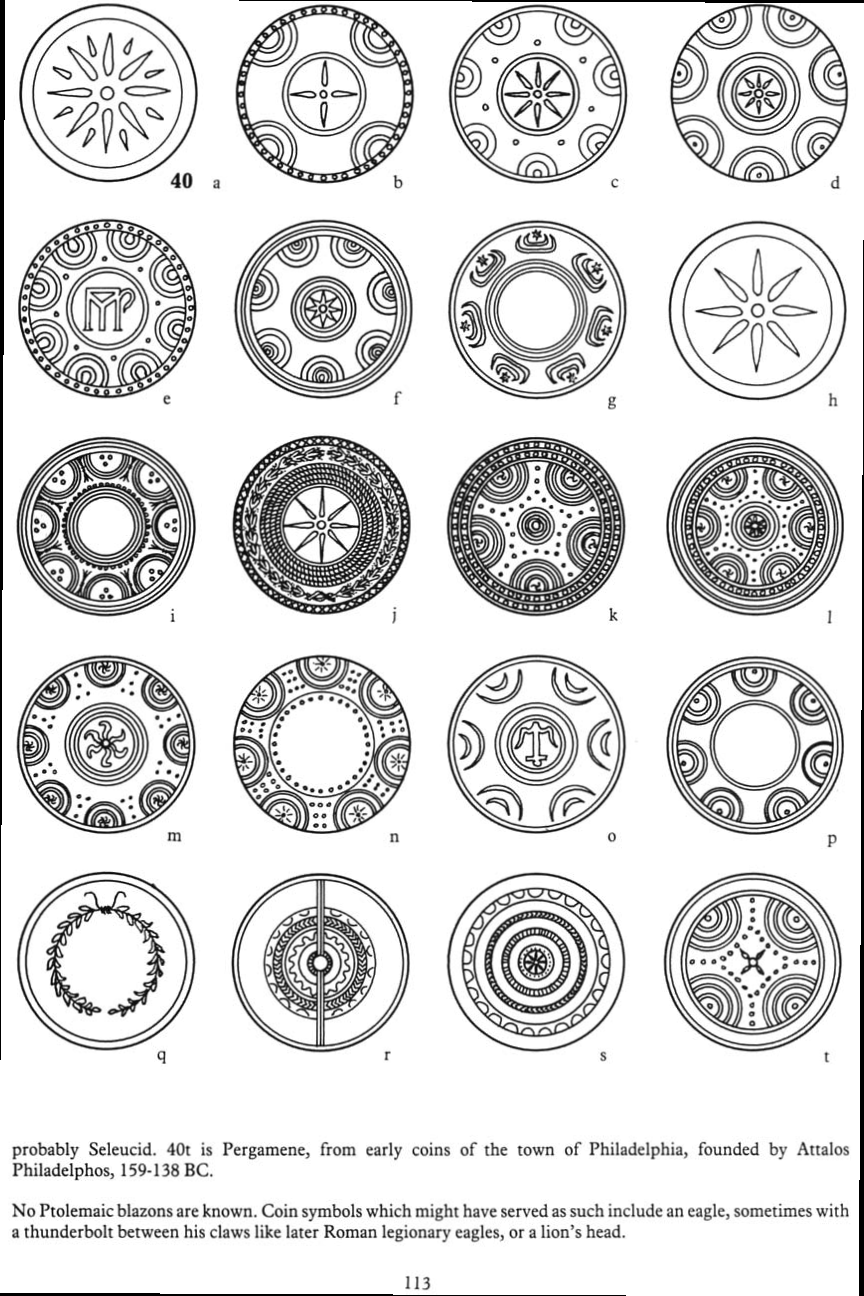



No comments:
Post a Comment